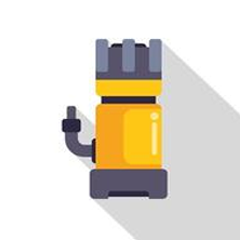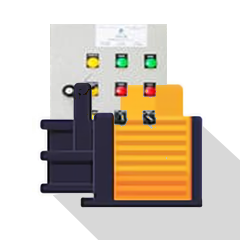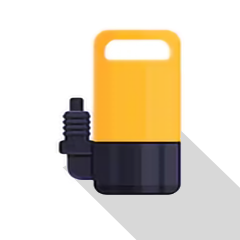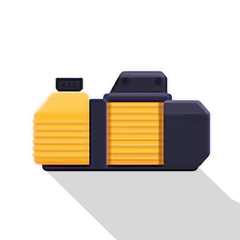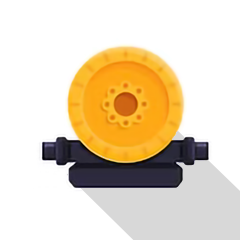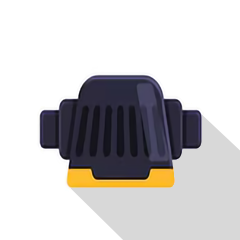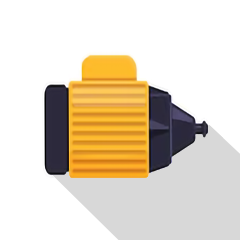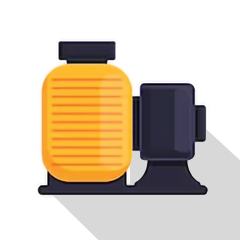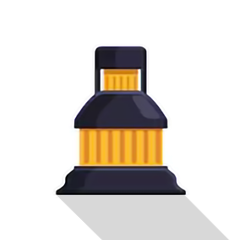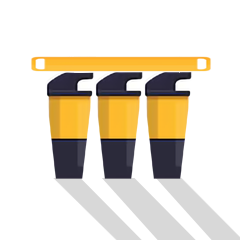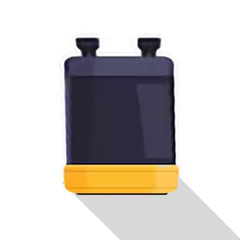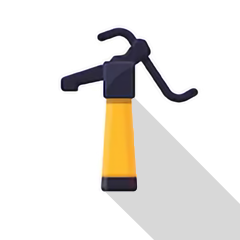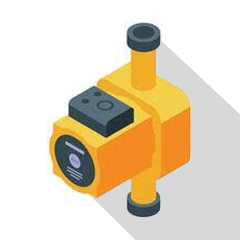Applications & Benefits
Circulation pumps move water through heating and cooling loops, while chilled water pumps deliver cooled fluid from chillers to air handling units. Proper pump selection and installation optimize heat transfer, reduce energy costs, and prevent system wear.
Installation Process
- Site Evaluation: Assess existing chiller configuration, piping layout, and electrical supply.
- Pump Selection: Choose pump type (inline, base-mounted, mag-drive) and size based on flow rate and head requirements.
- Foundation & Mounting: Install baseplate or mounting brackets with vibration isolation pads for noise reduction.
- Alignment & Coupling: Laser-align shafts, install couplings or direct-drive setups to manufacturer tolerances.
- Piping Connections: Connect suction/discharge lines with flexible connectors; install strainers, valves, and pressure gauges.
- Electrical & Controls: Wire to motor starters, install variable frequency drives (VFDs) for flow control, and integrate with BMS.
- Commissioning: Perform leak tests, measure actual flow and head, adjust pump speed settings, and validate system pressure profiles.
Advanced Features
- VFD integration for dynamic temperature and load response
- Smart pressure sensors and remote monitoring for predictive maintenance
- Corrosion-resistant coatings and mechanical seals for long-term reliability
Maintenance & AMC
Our AMC services include periodic vibration analysis, seal inspections, bearing lubrication, and efficiency audits to ensure uninterrupted cooling performance.
Case Study
Installed a set of chilled water pumps at a Dubai data center, improving cooling loop efficiency by 18% and reducing energy consumption by 12% during peak loads.
FAQs
- What pump types do you recommend for large HVAC systems?
- We recommend mag-drive or inline pumps with VFDs for variable load conditions and reduced leakage risk.
- How often should HVAC pumps be serviced?
- Quarterly checks and annual overhauls are advised to maintain performance and prevent downtime.


